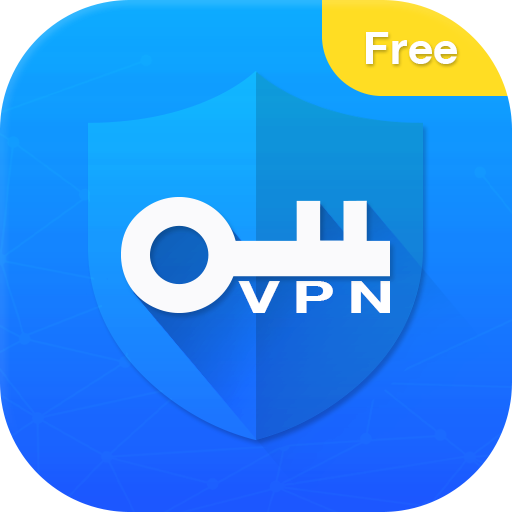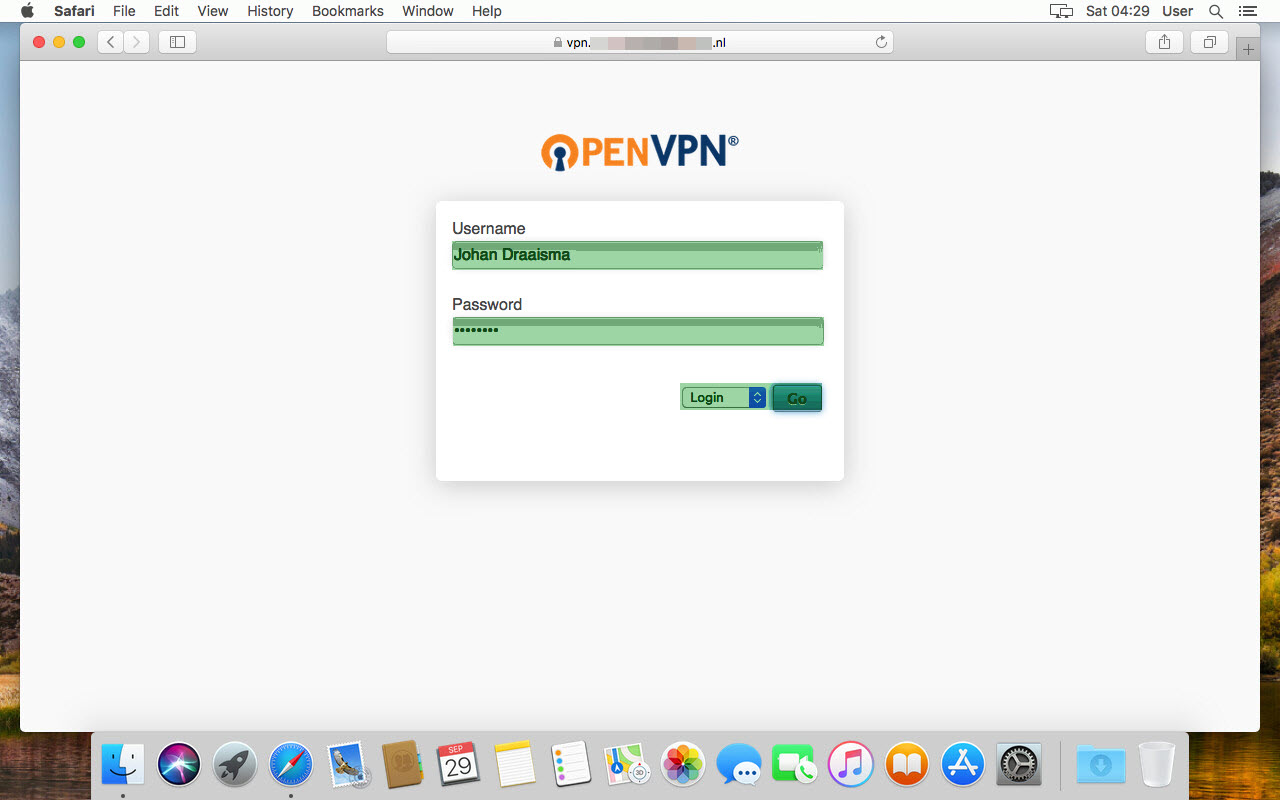
If you receive a certificate error message, this is because your Access Server uses a self-signed certificate. Note: When you create a new user from your OpenVPN Cloud portal, they receive an email invitation with instructions for downloading the client and connecting with their assigned username and a temporary password.Ĭlick Next, and you will be prompted to sign in with your credentials. For OpenVPN Cloud, this is your cloud tenant ID with ‘’ such as. In the Import Profile window, enter the address of your server. To do this, open the program and click on the + icon on the main screen. You can import a configuration profile directly from a server for our official business VPN products, OpenVPN Access Server and OpenVPN Cloud. Import a configuration profile from the server When a new user gets an invite to OpenVPN Cloud, they can follow the instructions in their email to connect. Connecting to OpenVPN Cloudĭownload the client from our website, then use the instructions below to import a configuration profile directly from the server. To connect with an already installed client, simply import a configuration profile directly from your server or use a file on your computer. If you prefer to download the Connect app directly from our site, follow the instructions below to import a configuration profile. You or your user can start the connection immediately after installation. When you download and install the OpenVPN Connect v3 client from the client web UI, it is pre-installed with the necessary configuration profile. You can do this by signing in to your OpenVPN Access Server’s client web UI. To connect to an OpenVPN Access Server with a Windows or macOS computer, we recommend a direct download.





 0 kommentar(er)
0 kommentar(er)
